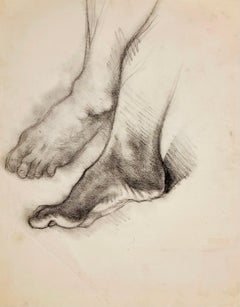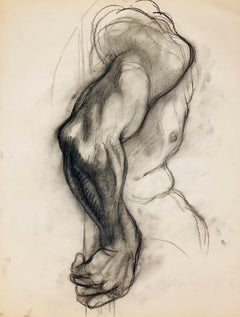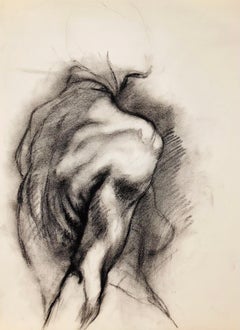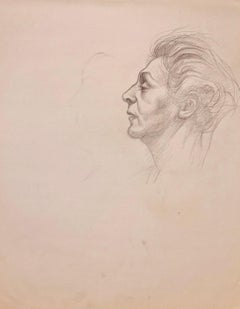Renaissance Art
1960s Renaissance Art
Charcoal, Archival Paper
1960s Renaissance Art
Archival Paper, Graphite
1960s Renaissance Art
Charcoal, Archival Paper
1960s Renaissance Art
Charcoal, Archival Paper
1960s Renaissance Art
Charcoal, Archival Paper
1960s Renaissance Art
Archival Paper, Graphite
1960s Renaissance Art
Charcoal, Archival Paper
1960s Renaissance Art
Charcoal, Archival Paper
1960s Renaissance Art
Charcoal, Archival Paper
1960s Renaissance Art
Charcoal, Archival Paper
1960s Renaissance Art
Ink, Archival Paper
1960s Renaissance Art
Charcoal, Archival Paper
1960s Renaissance Art
Archival Paper, Graphite
1960s Renaissance Art
Charcoal, Archival Paper
1960s Renaissance Art
Archival Paper, Graphite
1960s Renaissance Art
Charcoal, Archival Paper
1960s Renaissance Art
Charcoal, Archival Paper
1960s Renaissance Art
Archival Paper, Graphite
1960s Renaissance Art
Charcoal, Archival Paper
1960s Renaissance Art
Charcoal, Archival Paper
1960s Renaissance Art
Charcoal, Archival Paper
1960s Renaissance Art
Charcoal, Archival Paper
1960s Renaissance Art
Charcoal, Archival Paper
1960s Renaissance Art
Charcoal, Archival Paper
1960s Renaissance Art
Charcoal, Archival Paper
1960s Renaissance Art
Charcoal, Archival Paper
1960s Renaissance Art
Charcoal, Archival Paper
1960s Renaissance Art
Charcoal, Archival Paper
1960s Renaissance Art
Charcoal, Archival Paper
1960s Renaissance Art
Charcoal, Archival Paper
1960s Renaissance Art
Charcoal, Archival Paper
1960s Renaissance Art
Charcoal, Archival Paper
1960s Renaissance Art
Charcoal, Archival Paper
1960s Renaissance Art
Charcoal, Archival Paper
1960s Renaissance Art
Charcoal, Archival Paper
1960s Renaissance Art
Charcoal, Archival Paper
1960s Renaissance Art
Archival Paper, Graphite
Mid-17th Century Renaissance Art
Oil, Wood Panel
21st Century and Contemporary Renaissance Art
Archival Ink, Plexiglass
Early 19th Century Renaissance Art
Oil
1880s Renaissance Art
Bronze
19th Century Renaissance Art
Engraving
21st Century and Contemporary Renaissance Art
Archival Ink, Plexiglass
21st Century and Contemporary Renaissance Art
Archival Ink, Plexiglass
21st Century and Contemporary Renaissance Art
Archival Ink, Plexiglass
21st Century and Contemporary Renaissance Art
Archival Ink, Plexiglass
21st Century and Contemporary Renaissance Art
Archival Ink, Plexiglass
21st Century and Contemporary Renaissance Art
Archival Ink, Plexiglass
18th Century Renaissance Art
Chalk, Paper
17th Century Renaissance Art
Etching
2010s Renaissance Art
Oil, Canvas
18th Century Renaissance Art
Chalk, Paper
21st Century and Contemporary Renaissance Art
Archival Ink, Plexiglass
21st Century and Contemporary Renaissance Art
Archival Ink, Plexiglass
21st Century and Contemporary Renaissance Art
Archival Ink, Plexiglass
21st Century and Contemporary Renaissance Art
Archival Ink, Plexiglass
2010s Renaissance Art
Canvas, Oil
21st Century and Contemporary Renaissance Art
Archival Ink, Plexiglass





